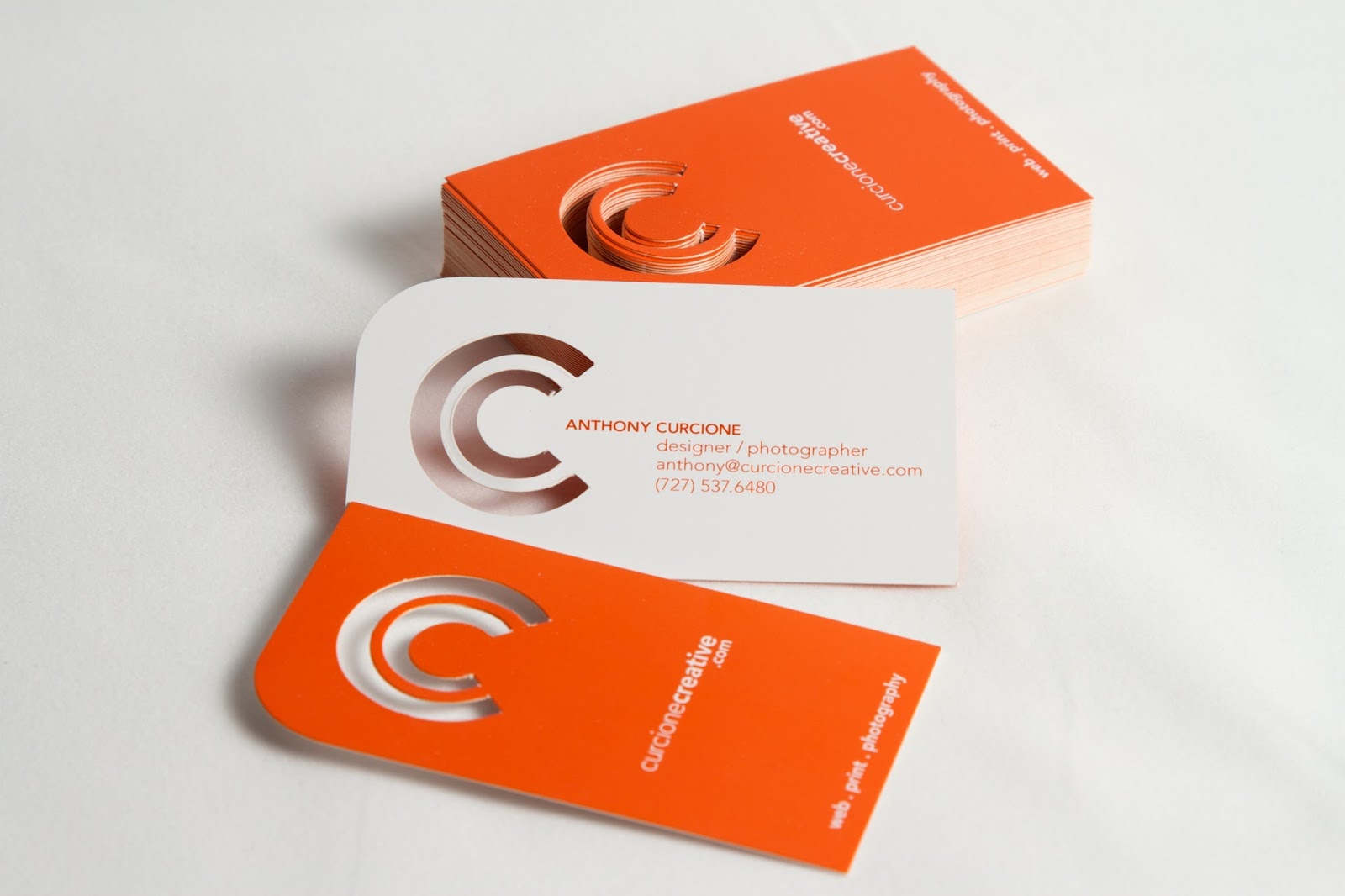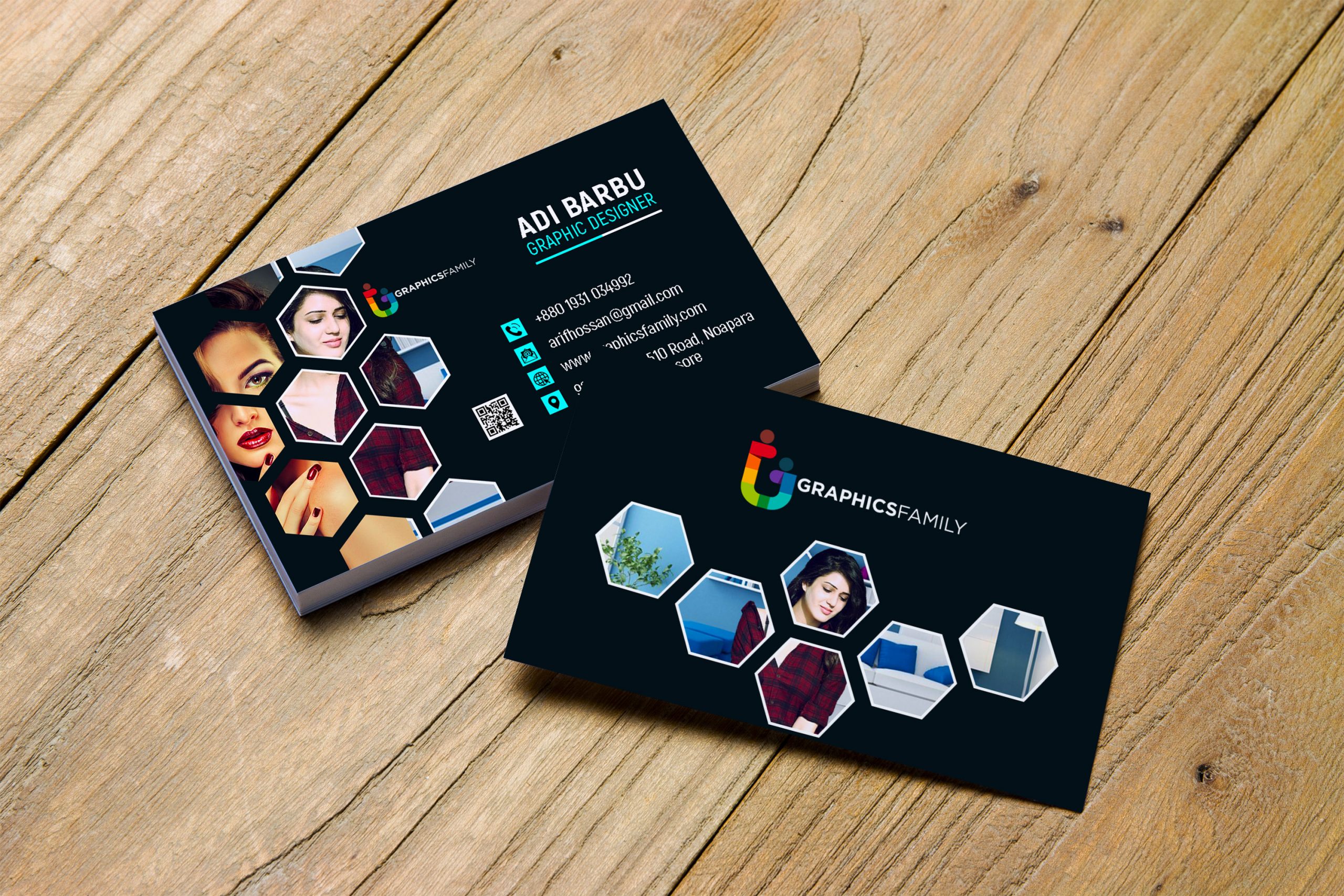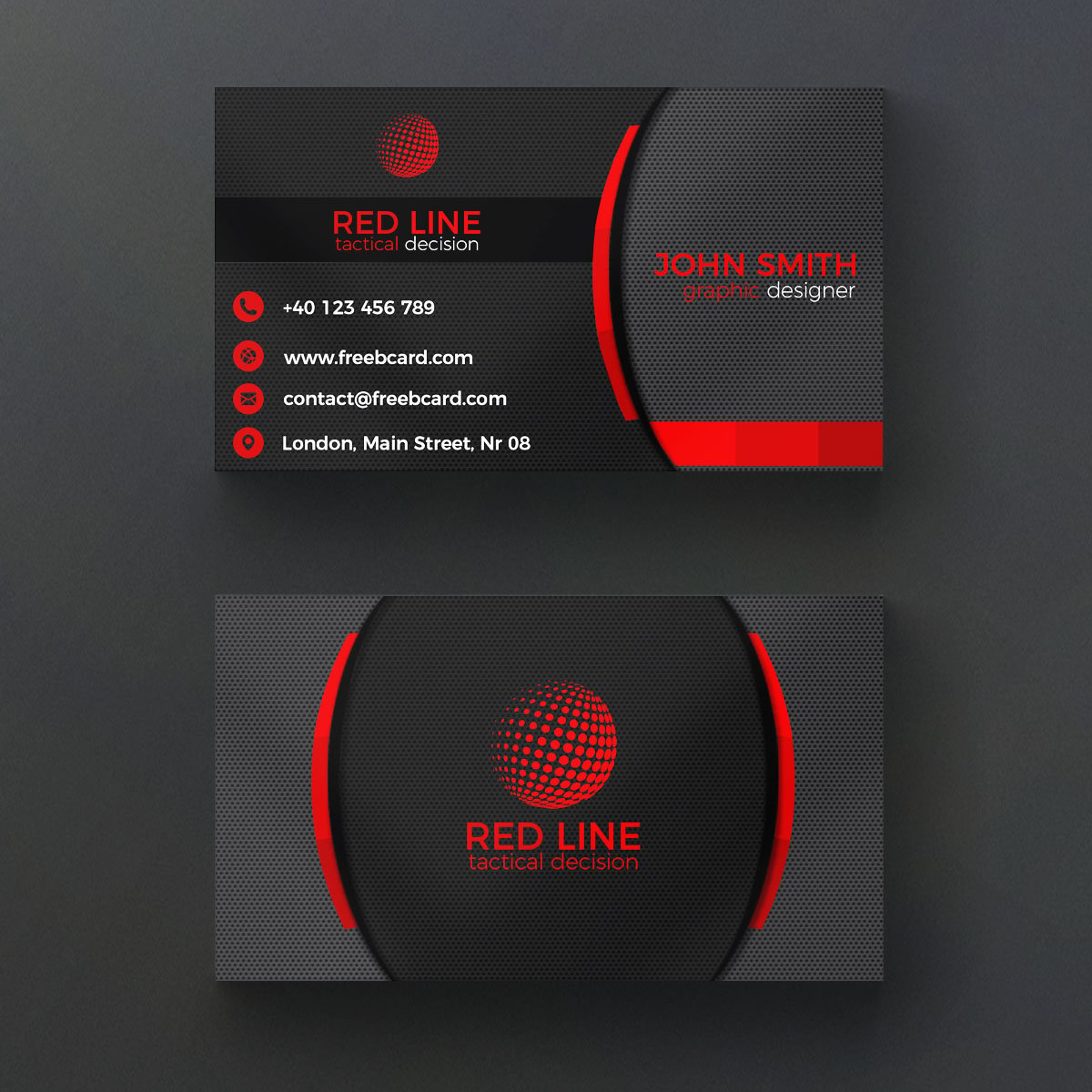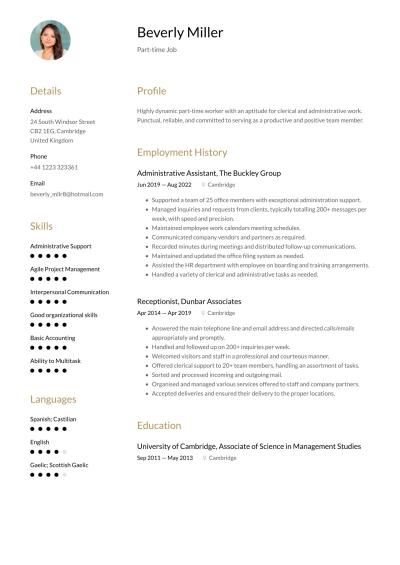A well-designed business card is crucial in making a positive first impression. It serves as a tangible representation of your brand, conveying professionalism and creativity. Dribbble offers valuable insights into designing a business card that stands out among the clutter. Whether you are a freelancer, entrepreneur, or part of a larger organization, mastering the art of business card design can enhance your networking efforts and elevate your personal brand.
Understanding the Importance of a Business Card
 A business card is more than just a piece of paper; it’s an essential marketing tool. It represents your identity and leaves a lasting impression on potential clients or collaborators. In a world where digital communication dominates, a physical card offers a personal touch that can set you apart. A well-crafted business card captures your essence, making it easier for people to remember you and your services. It’s an opportunity to showcase your creativity and brand personality, making it crucial to invest time and thought into its design. Additionally, a great business card can initiate conversations and foster connections, turning brief encounters into meaningful relationships.
A business card is more than just a piece of paper; it’s an essential marketing tool. It represents your identity and leaves a lasting impression on potential clients or collaborators. In a world where digital communication dominates, a physical card offers a personal touch that can set you apart. A well-crafted business card captures your essence, making it easier for people to remember you and your services. It’s an opportunity to showcase your creativity and brand personality, making it crucial to invest time and thought into its design. Additionally, a great business card can initiate conversations and foster connections, turning brief encounters into meaningful relationships.
Key Elements of an Effective Business Card
 To create an impactful business card, consider incorporating the following essential elements:
To create an impactful business card, consider incorporating the following essential elements:
- Name: Clearly display your name as the primary identifier.
- Title/Position: Include your job title to clarify your role.
- Contact Information: Provide essential contact details, such as phone number, email address, and website.
- Company Logo: Incorporate your brand logo for instant recognition.
- Visual Appeal: Use colors, typography, and imagery that reflect your brand’s personality.
- Quality Material: Choose a durable card stock to convey professionalism.
- Whitespace: Ensure ample whitespace to maintain readability and elegance.
By focusing on these elements, you can design a business card that effectively communicates your brand and leaves a memorable impression.
Choosing the Right Design Style for Your Brand
 When it comes to creating an unforgettable business card, the design style you choose plays a pivotal role in conveying your brand’s personality. A business card isn’t just a piece of paper; it’s a reflection of who you are and what you represent. So, how do you choose the right design style? First, consider your brand identity. Is your brand formal and traditional, or is it playful and modern? Here are some popular design styles to consider:
When it comes to creating an unforgettable business card, the design style you choose plays a pivotal role in conveying your brand’s personality. A business card isn’t just a piece of paper; it’s a reflection of who you are and what you represent. So, how do you choose the right design style? First, consider your brand identity. Is your brand formal and traditional, or is it playful and modern? Here are some popular design styles to consider:
- Minimalist: Clean lines, ample white space, and simple fonts deliver a sophisticated vibe.
- Vintage: Incorporating retro elements can give your card a nostalgic and unique edge.
- Bold and Graphic: Utilize striking graphics or unusual layouts to make a powerful statement.
- Playful and Fun: Use bright colors and quirky fonts to reflect a lively brand personality.
Next, consider the target audience. If your clients are businesses, a more conservative style may be appropriate. On the other hand, if you’re targeting creative industries, leaning into innovative and bold designs can set you apart. Lastly, keep functionality in mind. Ensure that your design style integrates the necessary information and isn’t overwhelming. A well-chosen design style complements your brand, grabs attention, and makes the right impression.
Color Schemes and Typography That Stand Out
 The right color scheme and typography are crucial in creating an engaging business card that catches the eye. They not only enhance the aesthetic appeal but also communicate your brand’s values and personality effectively. Let’s start with color schemes. Here are a few tips to select colors that resonate:
The right color scheme and typography are crucial in creating an engaging business card that catches the eye. They not only enhance the aesthetic appeal but also communicate your brand’s values and personality effectively. Let’s start with color schemes. Here are a few tips to select colors that resonate:
- Brand Colors: Use your established brand colors for immediate recognition.
- Complementary Colors: Choose colors that contrast well with each other to create visual interest.
- Psychology of Colors: Understand the emotions associated with colors—blue evokes trust, red stimulates excitement, and green signifies growth.
Now, let’s talk typography. The right font can make or break your card. Here’s what to keep in mind:
- Readability: Pick fonts that are easy to read at a glance; script fonts may be elegant but can also be hard to decipher.
- Font Pairing: Combine a bold header font with a simple body font to create a balanced look.
- Brand Identity: Your font choices should align with your brand’s voice—formal for law firms, funky for creative agencies.
By selecting the appropriate colors and fonts, you can create a business card that not only looks great but also effectively reflects your brand identity. Remember, the goal is to make an impact and leave a lasting impression, so take the time to choose wisely!
Common Mistakes to Avoid When Designing Your Business Card
Designing a business card may seem straightforward, but there are several common pitfalls that can compromise the effectiveness of your card. Here’s a rundown of mistakes to avoid:
- Too Much Text: A cluttered card can overwhelm recipients. Stick to key information — your name, business name, title, phone number, and website. Less is often more!
- Poor Font Choices: While creative fonts can look great, ensure that they are readable. Avoid overly decorative fonts. Aim for clarity, especially for your contact information.
- Neglecting White Space: White space is your friend. It helps guide the eye and makes the card feel more balanced. Don’t be afraid to leave some areas blank.
- Ignoring Contact Details: Always double-check your contact information. Missing digits or misprinted emails can lead to lost opportunities. Include multiple ways to contact you, like phone and email.
- Skipping the Proofreading: Typos are a surefire way to make an unprofessional impression. Have someone else review your card to catch any errors.
- Using Generic Designs: Your business card should reflect your brand identity. Avoid templates that look too similar to those of others in your industry.
- Not Considering the Finish: The finish can dramatically change how your card feels and looks. A matte finish might convey elegance, while a glossy finish can be more vibrant.
By staying mindful of these common mistakes, you can create a business card that leaves a lasting impression and effectively represents your brand!
Printing Options and Considerations
Once your business card design is finalized, it’s time to consider how to bring it to life. The printing process is just as crucial as the design itself. Here are some key printing options and considerations:
| Option | Description |
|---|---|
| Paper Stock | The thickness and texture of your card’s paper can influence its look and feel. Common options include standard (300 GSM), premium (400 GSM), and recycled stock. |
| Finish | Options like matte, glossy, or silk finishes can enhance your card’s appearance. Matte gives a sophisticated touch, while gloss can make colors pop. |
| Printing Method | Digital printing is cost-effective for small runs, while offset printing offers better quality for larger orders. Consider your needs and budget. |
| Folding or Die-Cutting | Think outside the box! Unique shapes or folds can make your card stand out. Just ensure it’s still practical and fits into wallets easily. |
| Quantity | Ordering in bulk often reduces the cost per card. However, balance your needs with storage capabilities and potential changes in your information. |
Don’t forget to consider factors like local printing options or online services, and always ask for samples if possible. A well-printed card can elevate your brand and make your first impression unforgettable!


